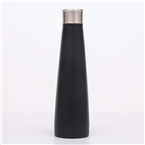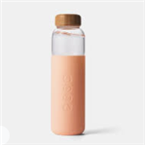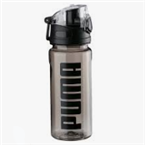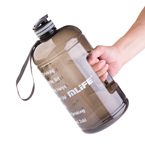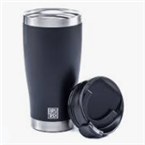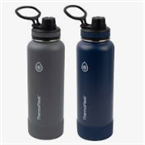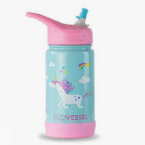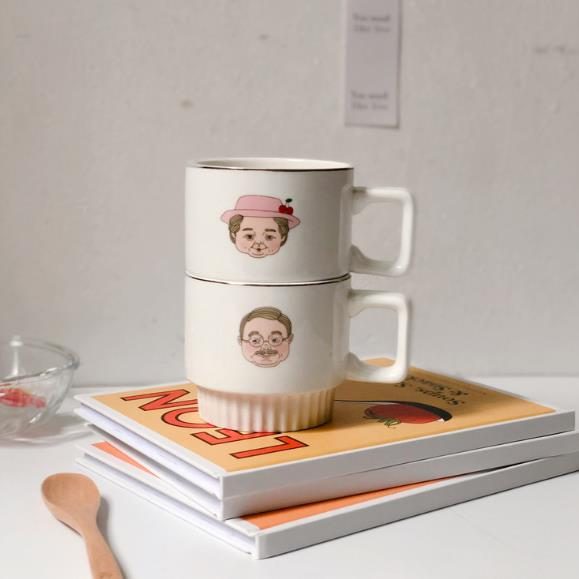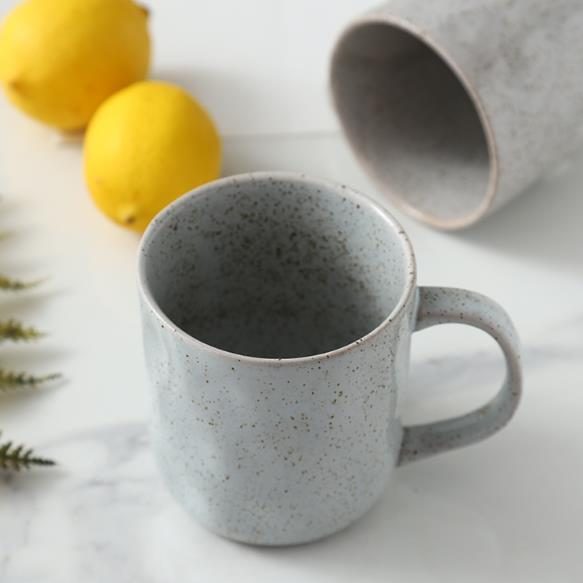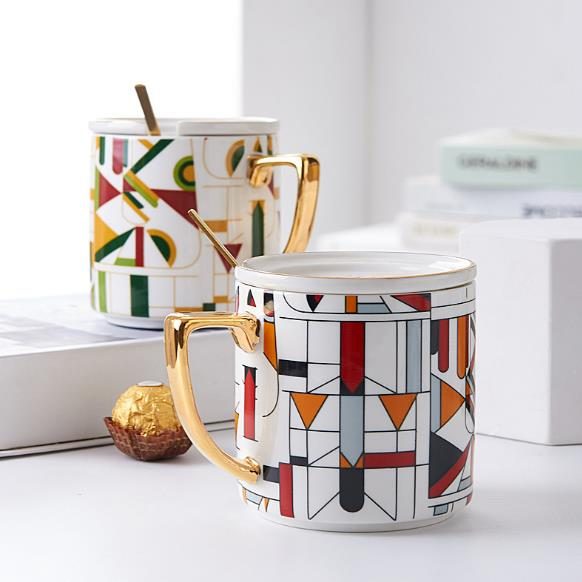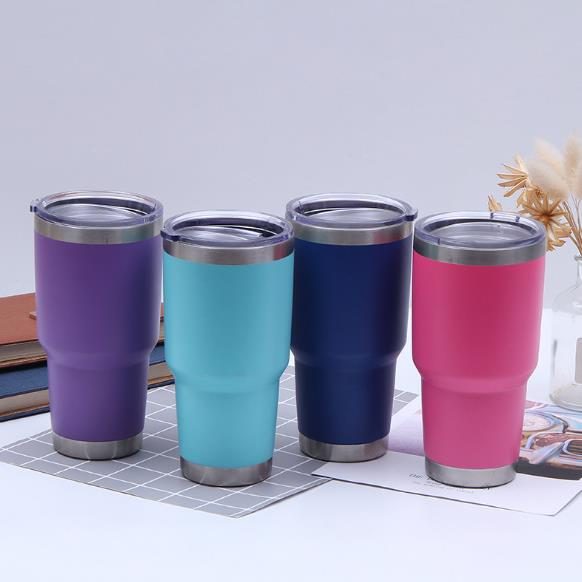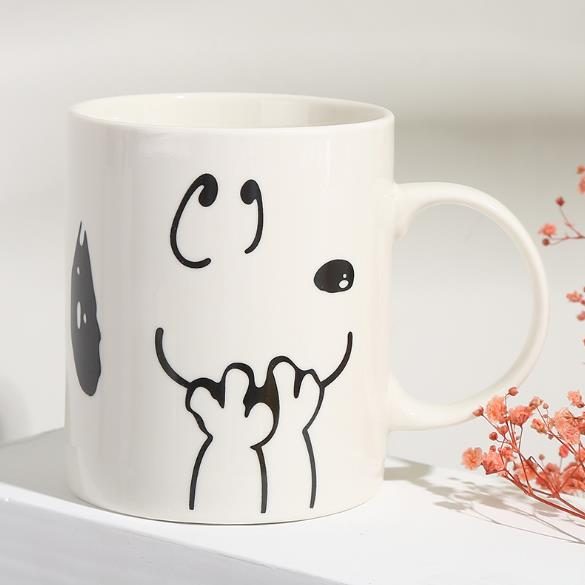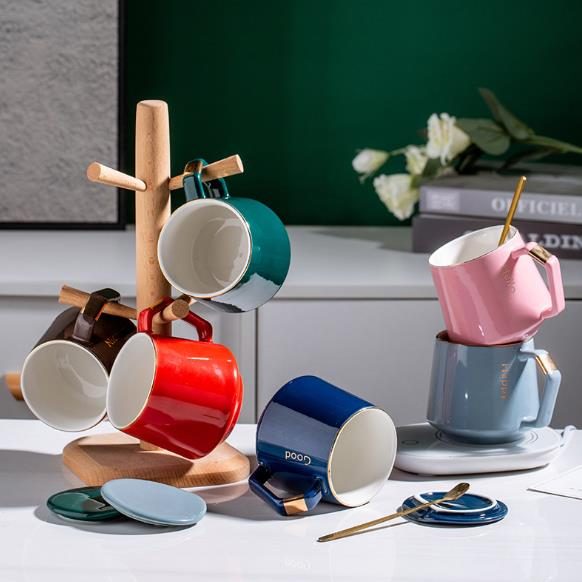1. Plastic cup: choose food grade plastic
Plastic cups are loved by many people because of their changeable shapes, bright colors, and characteristics that they are not afraid of being beaten. They are very suitable for outdoor users and office workers. Generally speaking, the bottom of the plastic cup has a logo, which is the number on the small triangle. The common one is “05”, which means that the material of the cup is PP (polypropylene). The cup made of PP has good heat resistance, the melting point is 170℃~172℃, and the chemical properties are relatively stable. In addition to being corroded by concentrated sulfuric acid and concentrated nitric acid, it is relatively stable to other chemical reagents. But the problem of ordinary plastic cups is very common. Plastic is a polymer chemical material. When hot or boiled water is filled in a plastic cup, the polymer is easily precipitated and dissolved in the water, and it is harmful to human health after drinking. Moreover, the internal microstructure of the plastic has many pores, and dirt is hidden in it. If it is not cleaned, it will breed bacteria. Therefore, the selection of plastic cups is very important for the selection of plastic materials, and food-grade plastics that meet national standards must be selected. It is made of PP.
2. Ceramic cup: choose underglaze color
The colorful ceramic water cups are very flattering, but in fact there are huge hidden dangers in those bright paints. The inner wall of a low-cost colorful ceramic cup is usually coated with a layer of glaze. When the glazed cup is filled with boiling water or a beverage with high acidity and alkalinity, some aluminum and other heavy metal toxic elements in the glaze are easy to precipitate and dissolve into the liquid. At this time, when people drink liquids with chemical substances, the human body will be harmed. It is best to use ceramic cups with natural colors. If you can’t resist the temptation of colors, reach out and touch the color surface. If the surface is smooth, it means underglaze or underglaze, which is relatively safe; if it’s uneven, use your nails to pick it up. If there is still falling off, it means that it is overglaze, so it is best not to buy it.
3. Glass: practical and safe to prevent bursting
The first choice for drinking glasses should be glasses, especially for office and home users. The glass is not only transparent and beautiful, but among the cups of all materials, the glass is the most healthy and safe. The glass cup is made of inorganic silicate, and does not contain organic chemicals during the firing process. When people drink water or other beverages from the glass cup, they don’t have to worry about the chemicals being drunk into their stomachs. Also, the glass surface is smooth, easy to clean, bacteria and dirt are not easy to breed on the wall of the cup, so it is the healthiest and safest for people to drink water with a glass. However, it should be noted that the glass is most afraid of thermal expansion and contraction. Do not fill the glass with hot water immediately to prevent it from exploding.
4. Stainless steel cup: do not hold acidic drinks
The advantage of the stainless steel cup is that it is durable, rust and corrosion resistant. However, stainless steel cups are alloy products and contain a lot of heavy metal substances, such as nickel, chromium, manganese, etc. If used improperly, these heavy metal substances are easily released and endanger health. Therefore, in daily use, be careful not to use stainless steel cups for acidic beverages, such as juice, coffee, carbonated beverages, etc.; do not hold soy sauce, vinegar, vegetable soup, tea, etc. for a long time, because the electrolytes in these foods may interact with The heavy metal substances in the stainless steel undergo a chemical reaction, causing the heavy metal substances to be precipitated. When washing stainless steel cups, do not use strong alkaline or strong oxidizing chemicals such as soda, bleach, etc. These substances are also easy to chemically react with stainless steel.
5. Enamel cup: it should be eliminated decisively after damage
Enamel water cups are also a good choice. Porcelain enamel is a composite material obtained by melting and solidifying inorganic glass materials on metal by thousands of degrees. The enamel coating on the metal surface can prevent rust, so that the metal will not form an oxide layer on the surface when it is heated, and it can resist the erosion of various liquids. Enamel products do not contain harmful substances such as lead, are easy to carry and clean, and are widely used as eating utensils and washing utensils used in daily life. An enamel cup has a shortcoming. The enamel cup is afraid of bumps, and the surface is prone to damage. Studies have shown that damaged enamel cups are easy to precipitate harmful substances when they are filled with drinks and should be eliminated decisively.
Have any question?
Help Center
Mugs and Tumblers
You are here:
- Home
- Mugs and Tumblers
- Page 2


